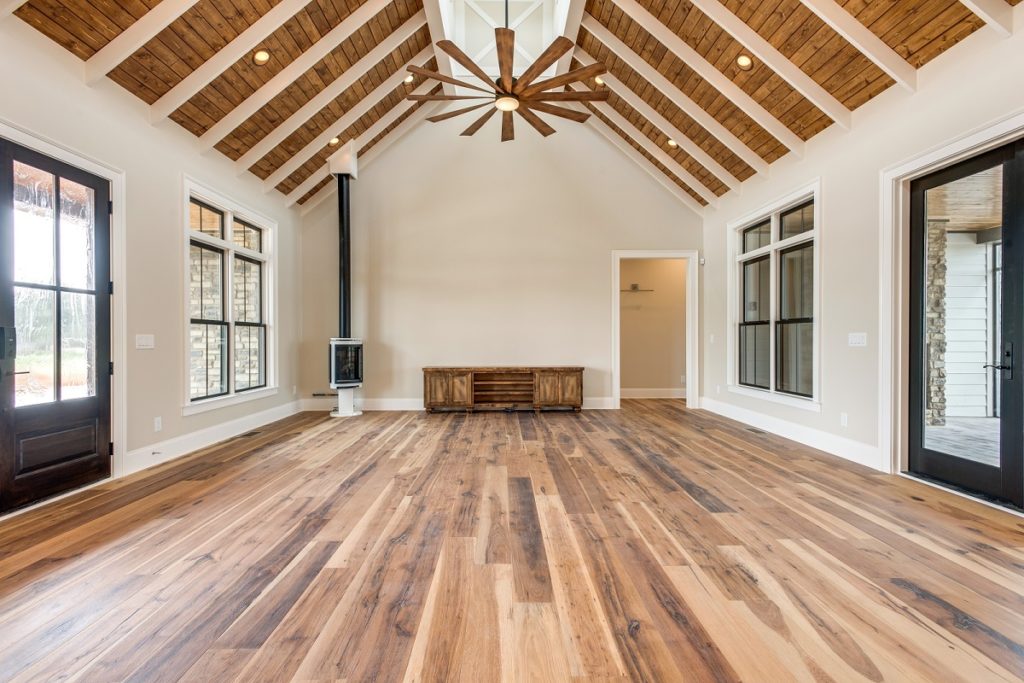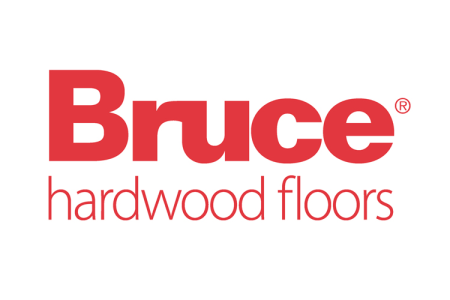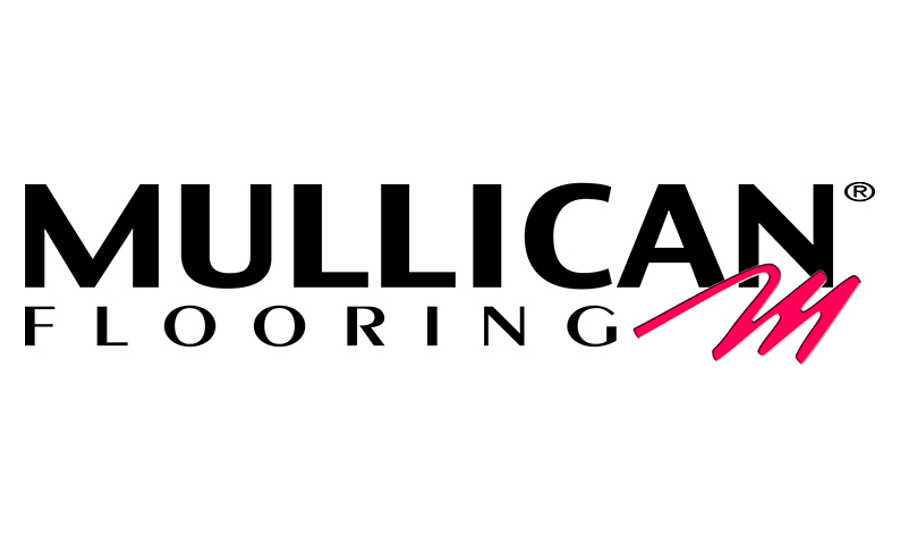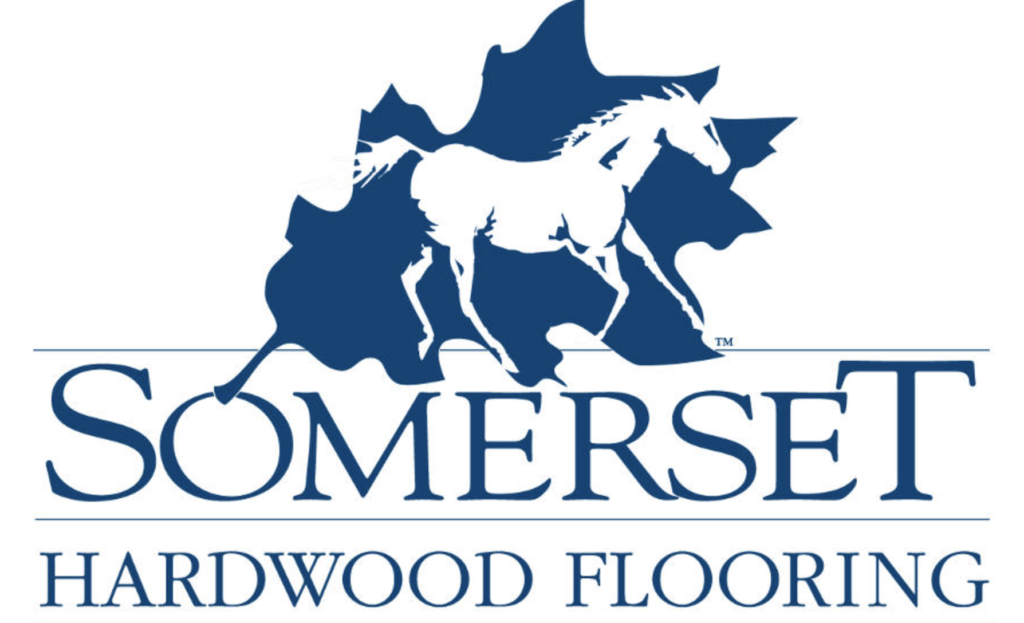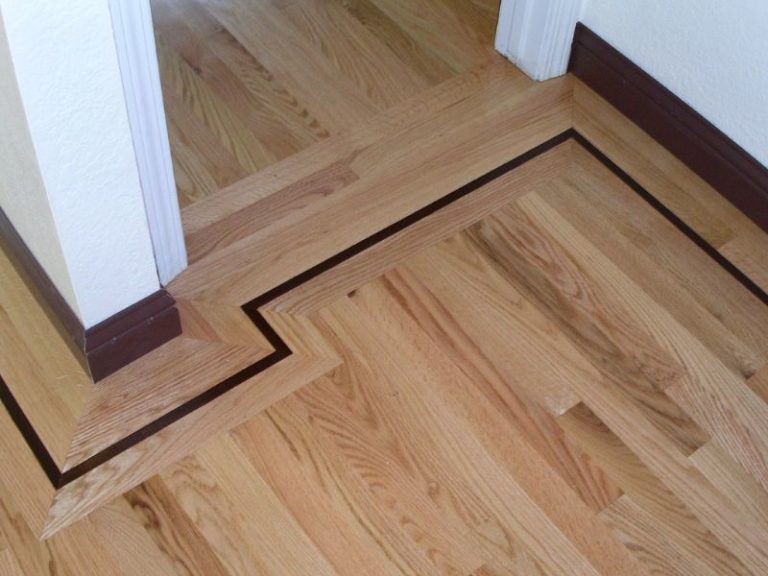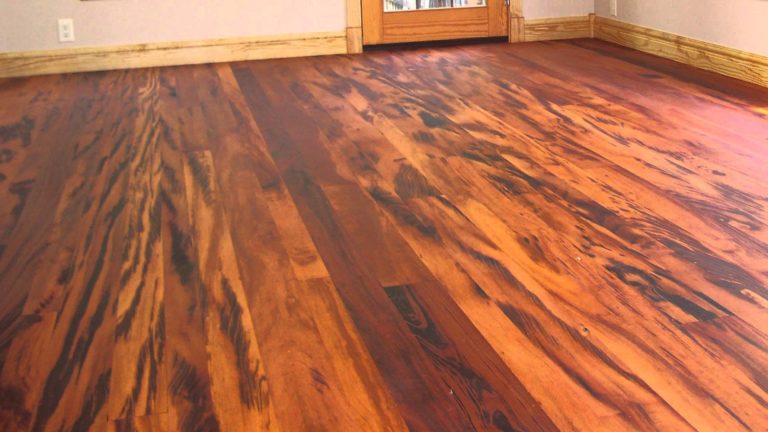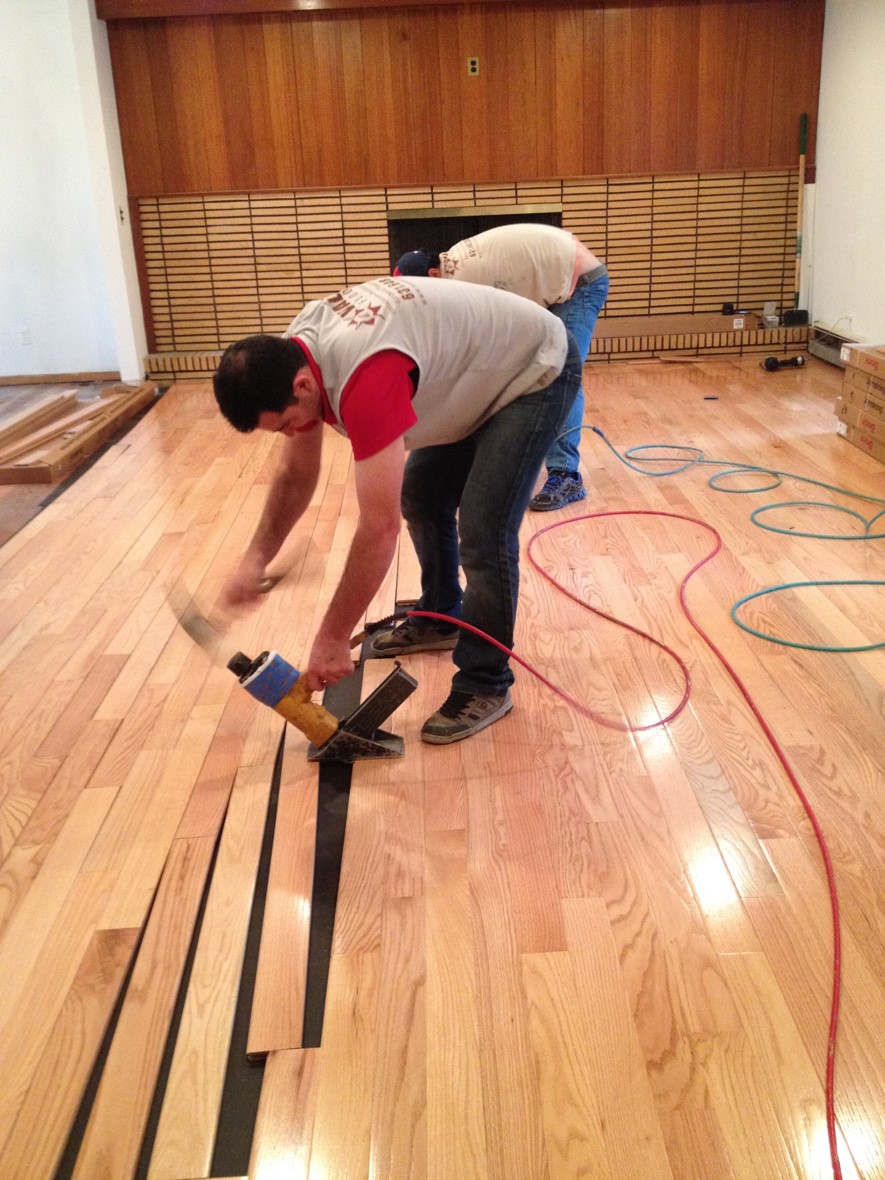
PREFINISHED VS. UNFINISHED WOOD FLOORING
Deciding between pre-finished or unfinished wood flooring can be difficult for any homeowner. Pre-finished flooring has a durable finish that can’t be achieved on floors finished on the job site. A 15 year, 25 year, or even 50 year finish warranty is standard on many prefinished floors. They are also finished in a factory under ideal conditions which include a completely dust free environment, UV curing, etc. Pre-finished floors mean less mess during installation, too. Unfinished wood flooring has its advantages, also. It is available in more widths and wood species than pre-finished and can be matched to existing wood floors.
To help you decide on pre-finished or unfinished wood flooring, consider these questions:
- Is this floor going to be installed in new construction, or as an upgrade? If it is in your existing home, pre-finished flooring might be easier.
- Are you trying to match to an existing floor or trim? If so, unfinished wood will be easier to stain to match.
- Do you have children or pets that you don’t want to expose to the fumes and mess during finishing at your home?
- Are you looking for a specific plank width or an unusual wood species for your flooring? You will have the most choices with unfinished wood.
- Does your home have historical significance or are you trying to maintain the architectural integrity of your home? Unfinished flooring would be most appropriate in this case. Follow the links to check viability and styles of these companies.


